New kiswa adorns the Holy Kaaba
Fri 01 Sep 2017, 15:38:31
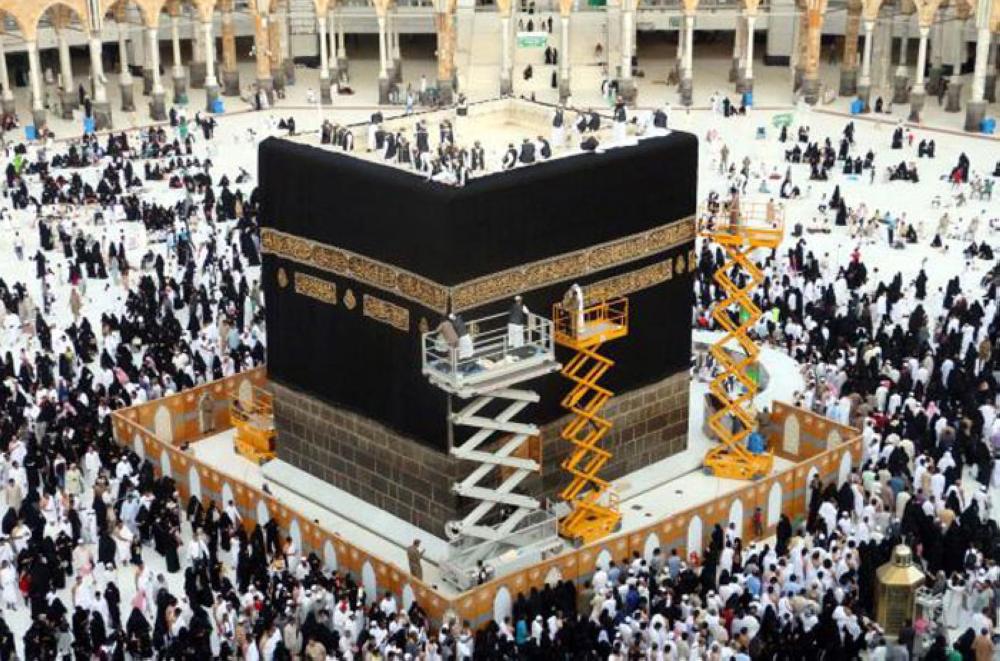
The Holy Kaaba was adorned with a new cover (kiswa) on Arafat Day, Thursday. As part of an annual customary ceremony, the new black cloth was placed on top of the Kaaba, at the center of the Grand Mosque, as about two million pilgrims converged on the nearby vast plains of Arafat in the climax of Haj.
Officials from the Presidency for the Affairs of the Two Holy Mosques and King Abdulaziz Kiswa Factory took off the old kiswa and installed the new one, which is made of pure silk and gold threads.
On behalf of Custodian of the Two Holy Mosques King Salman, Prince Khaled Al-Faisal, emir of Makkah and advisor to Custodian of the Two Holy Mosques, handed over the kiswa to Saleh Al-Shaibi, senior keeper of Kaaba, at a ceremony held at his emirate office in Jeddah on Aug. 23 (Dhul Hijja 1).
It was in the presence of Prince Abdullah Bin Bandar, deputy emir of Makkah, Sheikh Abdul Rahman
Al-Sudais, head of the presidency, and other officials of the presidency.
Al-Sudais, head of the presidency, and other officials of the presidency.
The kiswa, which is considered one of the most exquisite works of Islamic art, is made of five pieces. The fifth piece is the curtain of its door. Nearly 650 kg of natural silk is required to make the kiswa. The silk is imported but the kiswa was designed and tailored by more than 200 Saudi employees at a special factory set up by the Kingdom in Umm Al-Joud locality in Makkah.
The kiswa is 14 meters high, to match the height of the Kaaba, and 47 meters wide, enough to cover the four sides of Islam’s holiest site, which are not identical in dimension. Its upper half is decorated with a 95-cm wide strip featuring verses from the Holy Qur’an, inscribed in gold plated silver thread, which weigh 120 kg.
Every year, pieces of the old kiswa are presented as gifts to Muslim countries and senior Muslim personalities.
No Comments For This Post, Be first to write a Comment.
Most viewed from International
Most viewed from World
AIMIM News
Latest Urdu News
Most Viewed
May 26, 2020
Do you think Canada-India relations will improve under New PM Mark Carney?
Latest Videos View All
Like Us
Home
About Us
Advertise With Us
All Polls
Epaper Archives
Privacy Policy
Contact Us
Download Etemaad App
© 2025 Etemaad Daily News, All Rights Reserved.

.jpg)
.jpg)

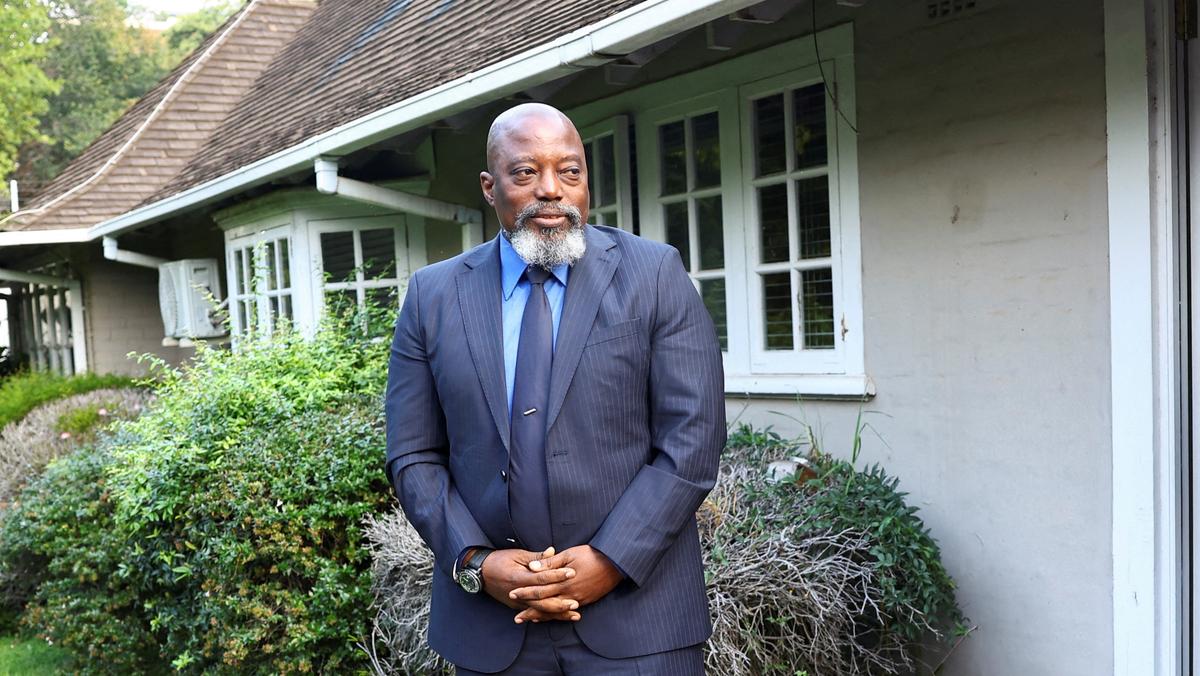
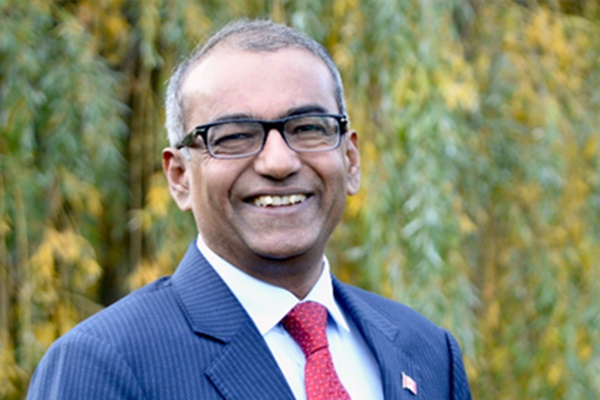
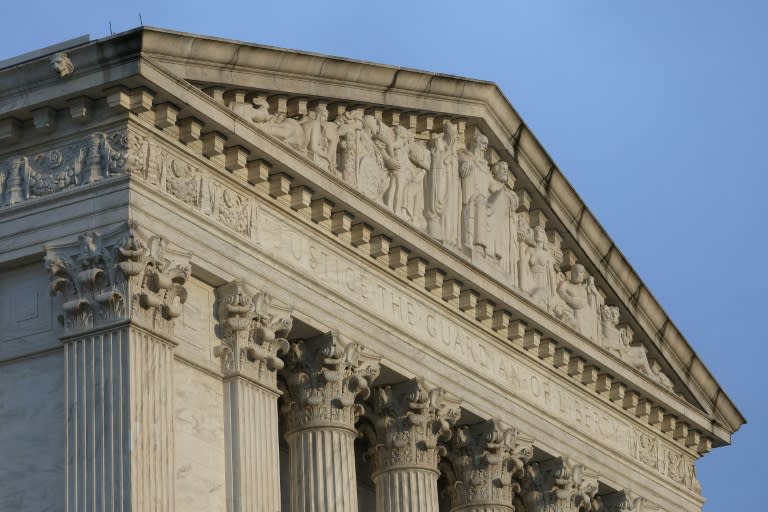

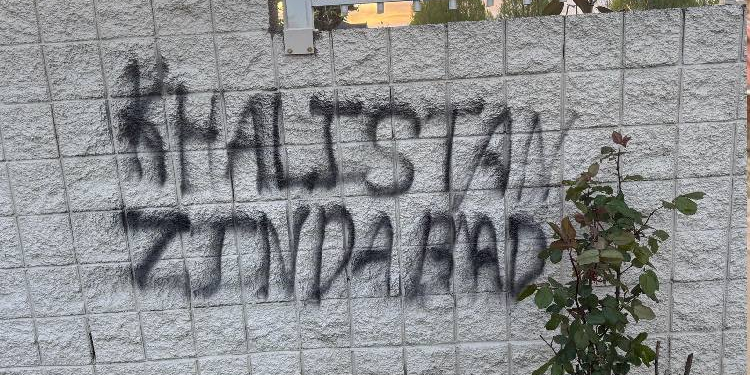

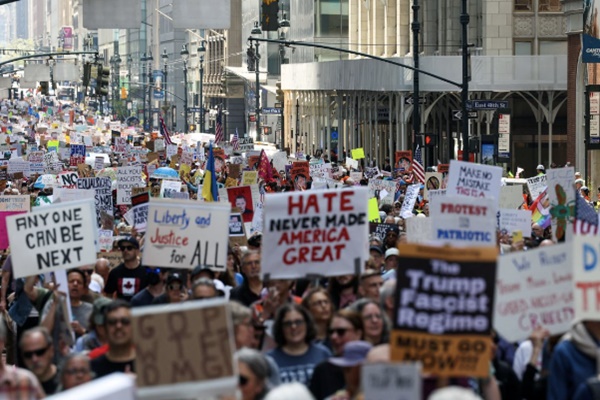


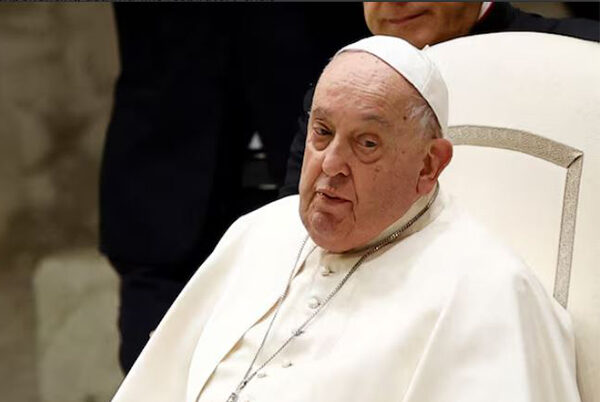

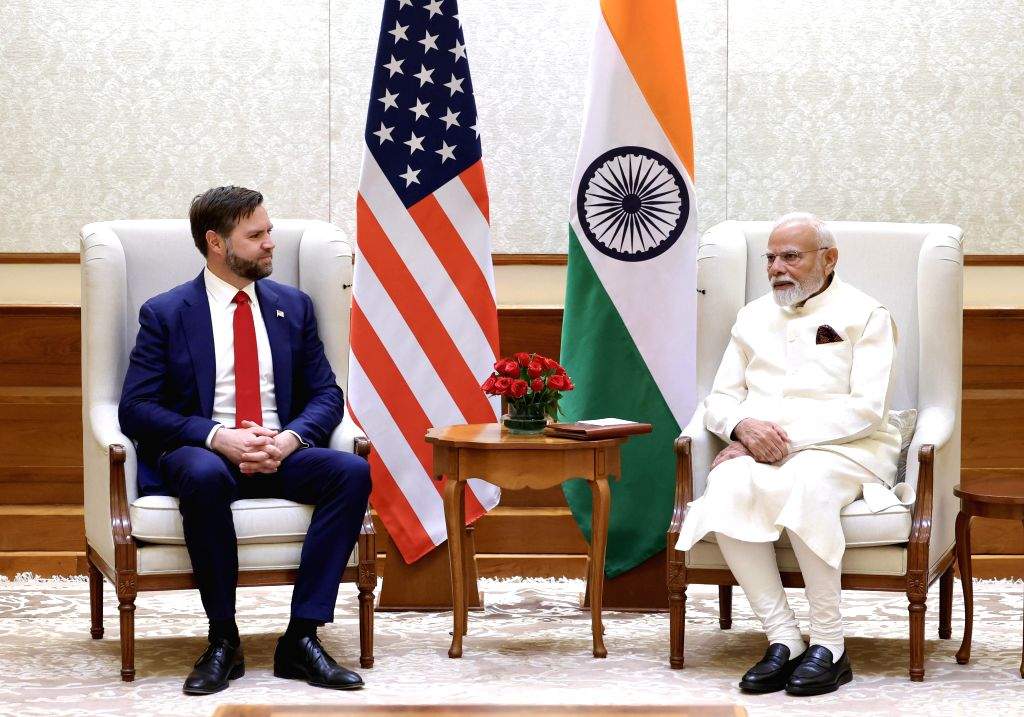
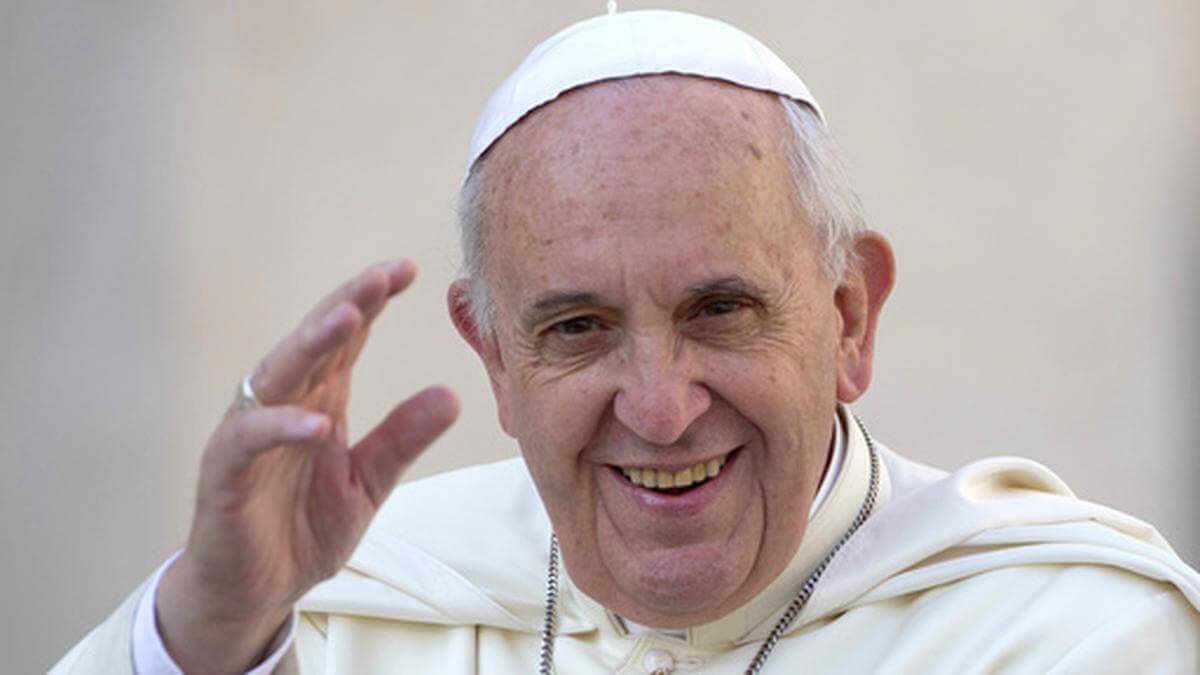
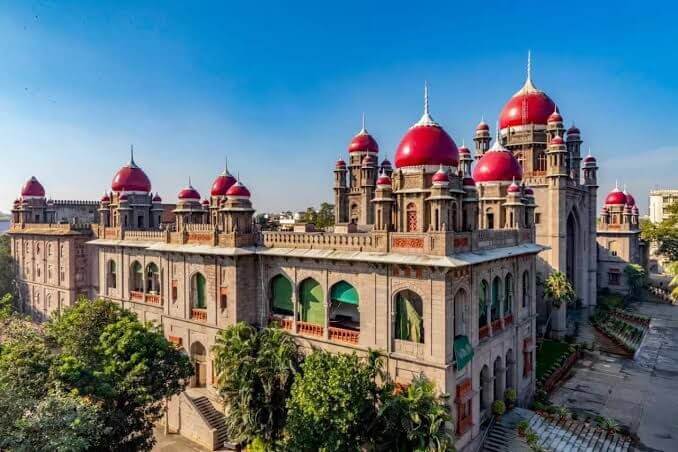

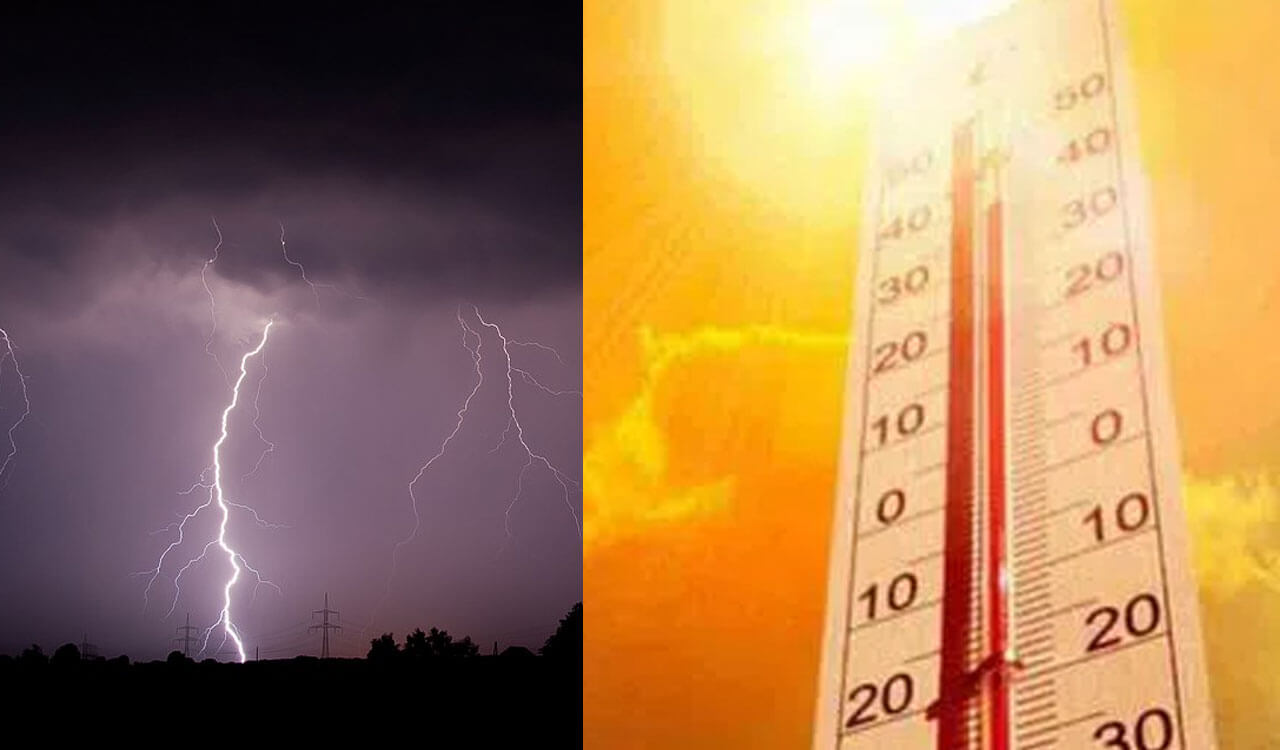




.jpg)

















